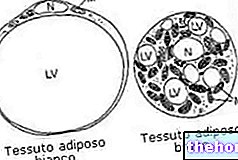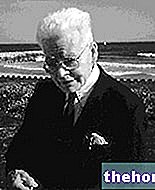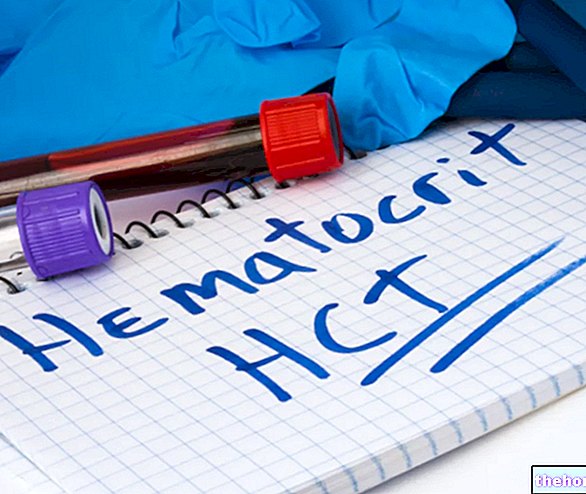By Doctor Nicola Sacchi - Author of the book: Drugs and doping in sport -
Pgc1-α (coactivator 1 of the peroxisome gamma proliferator) is a transcription coactivator. It is a protein that promotes transcription, therefore the expression of numerous genes, including those responsible for regulating mitochondrial biogenesis and oxidation of fats. It also seems to have a role, still not completely clear, in the differentiation of the two types of muscle cells. This protein is mostly expressed in type I fibers and promotes activity-induced angiogenesis. It also seems likely that it is responsible for the conversion of type IIb fibers into fibers with greater oxidative capacity.
Pgc1-α is also involved in energy production systems and also plays a role in the production of the GLUT-4 receptor; in fact it is assumed that it may be involved in pathologies related to insulin resistance, that is to the low sensitivity of the cells to the action of insulin.
Pgc1-α is expressed in all energy-intensive tissues: cardiac and skeletal striated muscle, brown fat, liver and brain.
In skeletal muscle, Pgc1-α acts as a sensor for intracellular calcium signals induced by motor neuron activity at the neuromuscular junction; therefore its expression is influenced by muscle contractions induced by physical activity. This protein is a mediator of motor neuron activity in skeletal muscle and through the interaction with MEF2 and calcineurin increases the oxidative capacity of the muscle fiber promoting mitochondrial biogenesis.

During exercise, the combination of neuromuscular stimulation and contraction promotes the expression of Pgc1-α; in fact this protein is more present in the muscles of people who regularly perform physical activity and seems to be responsible for the muscular adaptations linked to endurance activity, such as the increase in oxidative capacity and a probable conversion of fibers IIb into the more oxidative ones IIa.
The suppression of Pgc1-α in different forms of atrophy suggests a contribution in the maintenance of muscle mass, but not only: this suppression has produced a marked production of inflammatory substances such as IL-6, TNF-α and therefore Pgc1-α seems to be involved in the regulation of inflammatory processes and it is assumed that its reduced expression plays a role in sedentary pathologies such as obesity and type 2 diabetes.
The expression of this protein, which increases following physical activity, also appears to have trophic activity on muscle tissue by activating the genes of protein synthesis and thus preventing their catabolism; in fact, in some experiments on mice, by inducing their expression, the symptoms of a particular form of dystrophy were improved.
In further experiments it was found that the activation of the Pgc1-α gene induces a greater production of type IIx muscle fibers, which are fast fibers with intermediate characteristics between the 2 best-known subtypes A and B. This overproduction made the mice of "experiment faster and more resistant than the control group.
In light of these findings, possible applications will be sought in pathologies such as amyotrophic sclerosis, type 2 diabetes and muscular dystrophy and it can be assumed that in the future ways will be sought to promote the production of Pgc1-α in athletes to improve their performance, given that it is already it is possible to pharmacologically modulate the expression of its gene.









.jpg)


















